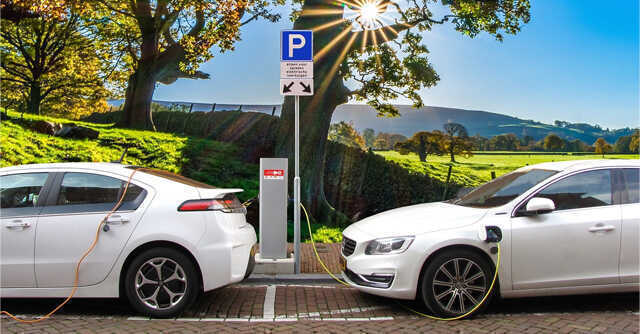
Back to the Future: The Indian EV industry so far


Zero emission vehicles, which were just a buzzword until half a decade back, have now become the most promising segments for the global auto industry. With the central and now state governments of India rolling out schemes and subsidies to promote electric mobility, all eyes are on how consumers are going to react to e-products launched now and to those are lined up for 2022.
While the future looks optimistic, here is a timeline of events in the country’s EV journey so far:
1) November 2010: Ministry of New and Renewable Energy (MNRE) approved a Rs 95 crore scheme announced to incentivise electric vehicles.

2) March 2011: The government had approved the National Mission on Electric Mobility (NMEM) way back in 2011.
3) March 2011: The Union Cabinet approved a proposal to set up a National Mission for Electric Mobility (NCEM) to promote electric mobility and manufacturing of electric vehicles in India.
4) March 2012: MNRE discontinued the scheme causing a 70% drop in EV sales.

5) January 2013: NMEM was subsequently rechristened the ‘National Electric Mobility Mission Plan (NEMMP) 2020’ in 2013 in order to make a huge shift to electric vehicles and address national energy security.
6) February 2015: As part of the NEMMP, the Department of Heavy Industry (DHI) under the Ministry of Heavy Industries and Public Enterprises, formulated the FAME India (Faster Adoption and Manufacturing of Hybrid & Electric Vehicles in India) scheme in 2015. The objective of this policy was to promote zero emission vehicles technology and create a manufacturing eco-system for hybrid/electric vehicles. The then finance minister Arun Jaitley earmarked Rs 75 crore for faster adoption and manufacturing of electric vehicles.
7) July 2017: The first Phase I of the FAME scheme, which was initially for a period of two years from April 1, 2015, was extended for six months until September 30, 2017, with a slight tinkering. The benefits given to Mild Hybrid technology (sold by Mahindra) under the scheme were done away with from April 1, 2017.

8) March 2019: The Union Cabinet clears Rs 10,000-crore FAME II scheme for promoting electric vehicles. Out of the aforementioned total budgetary outlay, Rs 1,000 crore was earmarked as subsidies for the development and installation of charging infrastructure for electric vehicles.
9) July 2019: The GST council lowered the rates on electric vehicles from 12% to 5% and on electric chargers from 18% to 5%.
10) September 2021: The Union Cabinet approved a production linked incentive (PLI) scheme worth Rs 26,058 crore for advanced automotive technologies (for all segments) and Components for EVs, which will be provided over a five-year timeframe.

